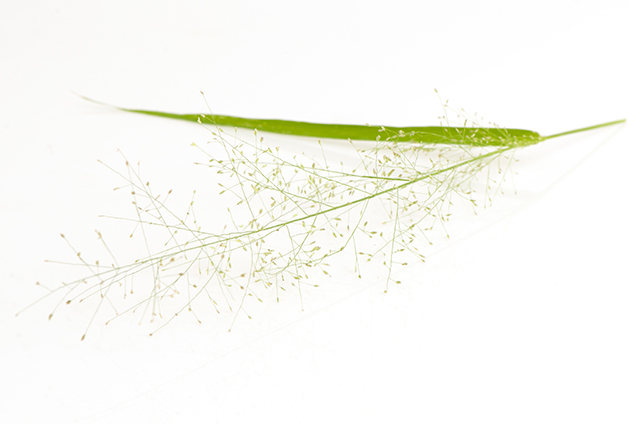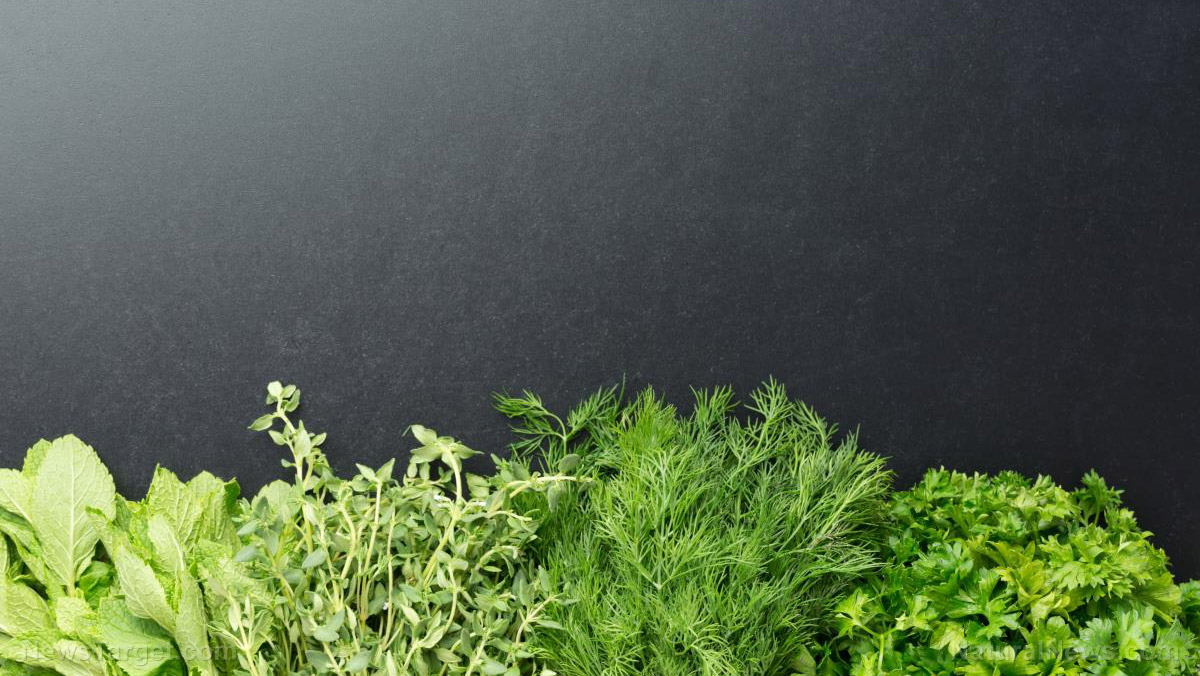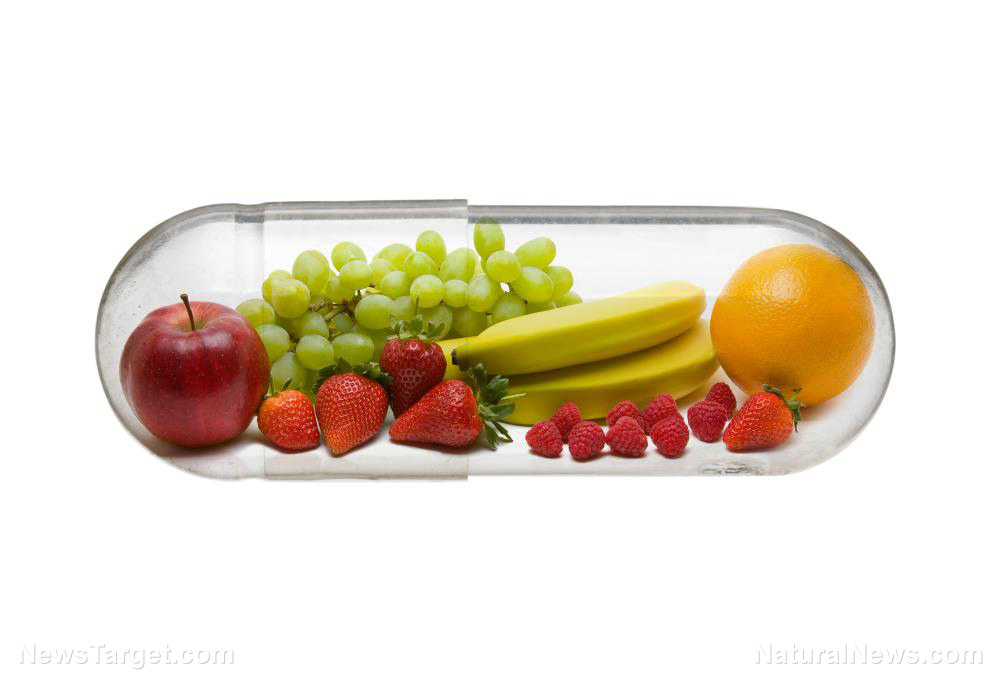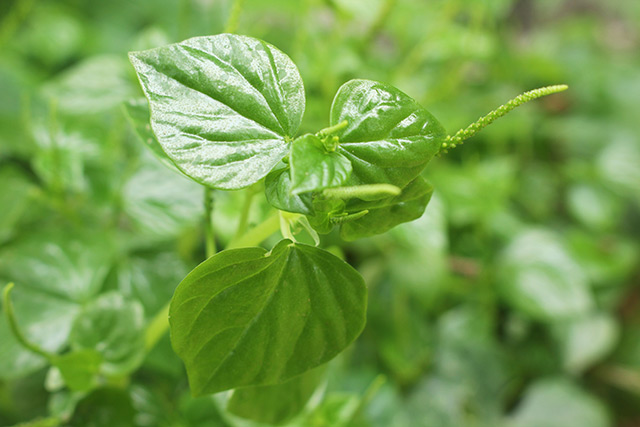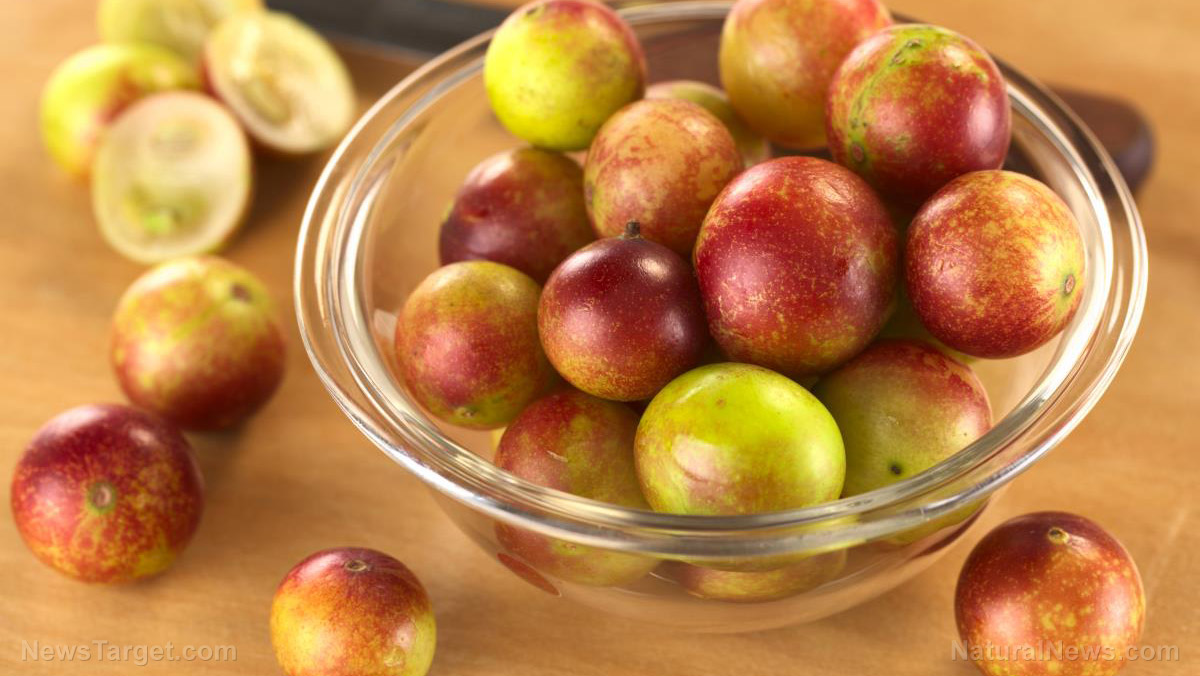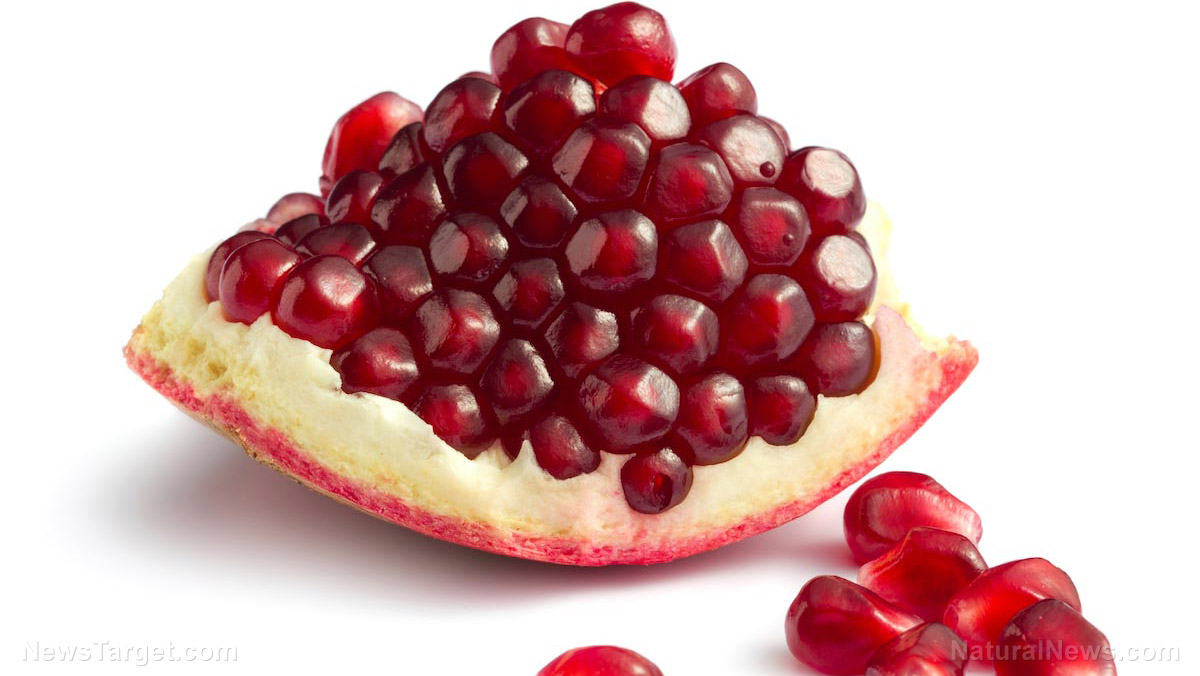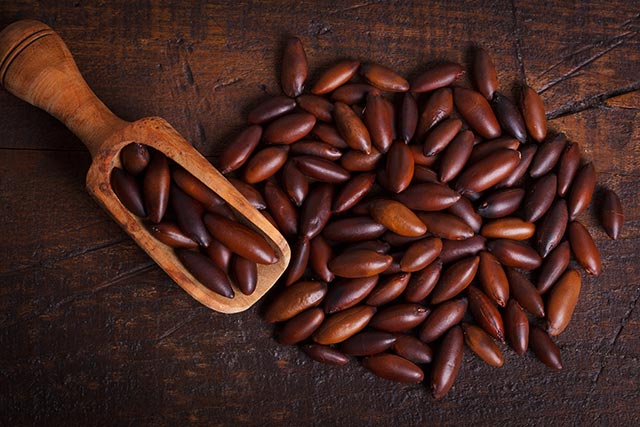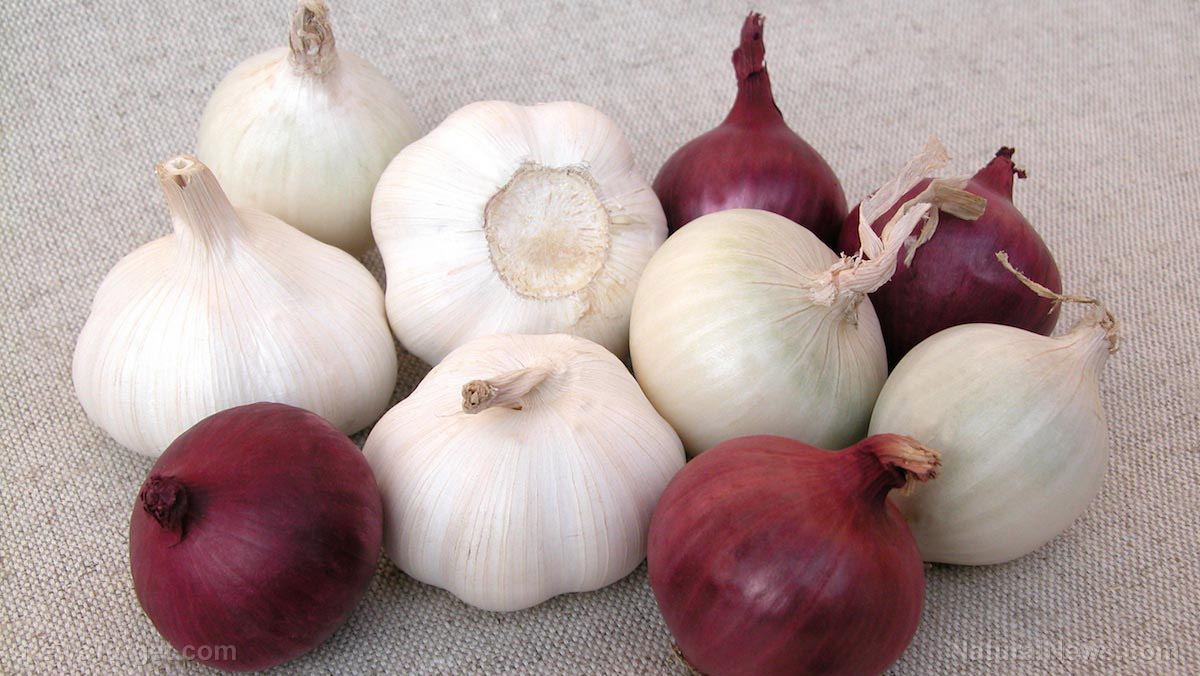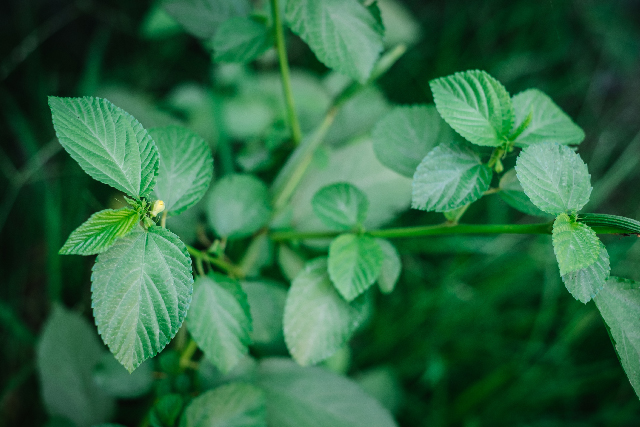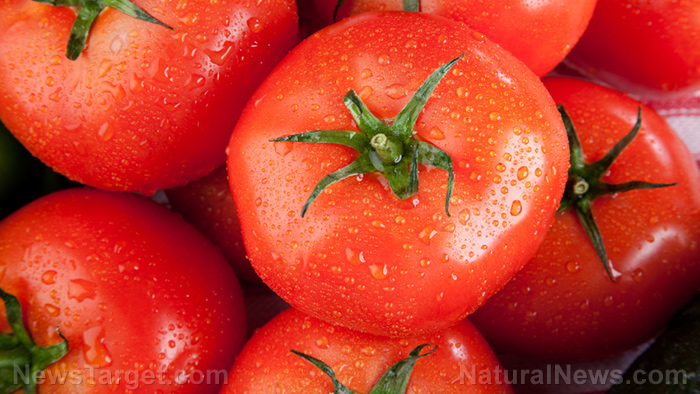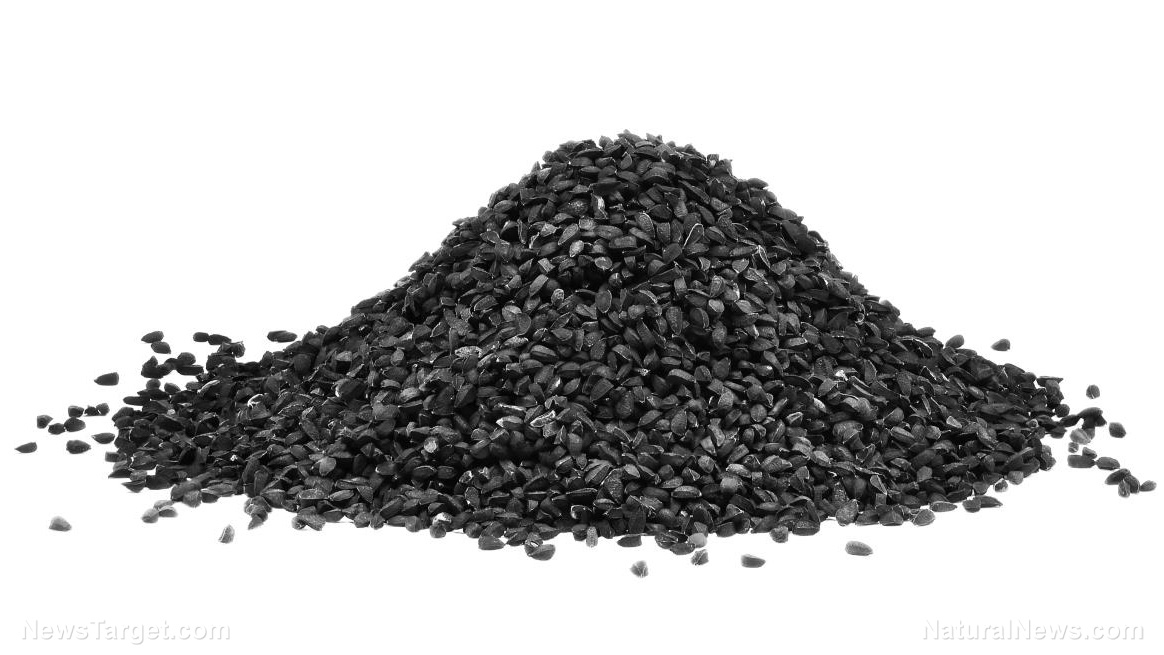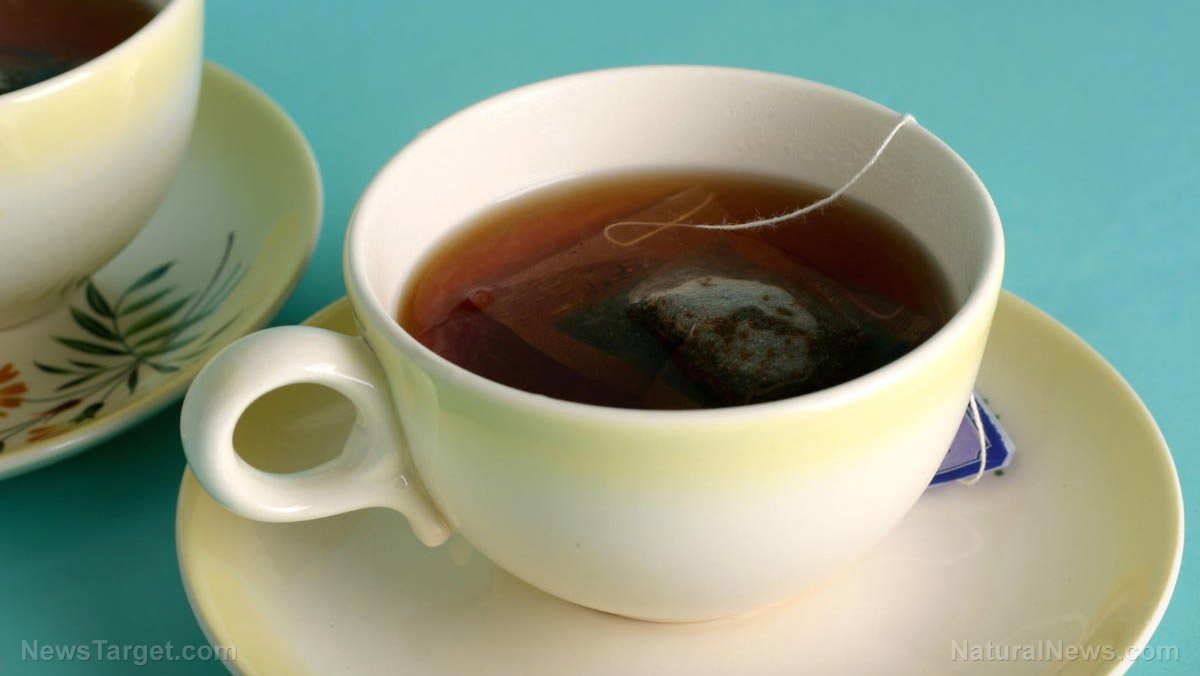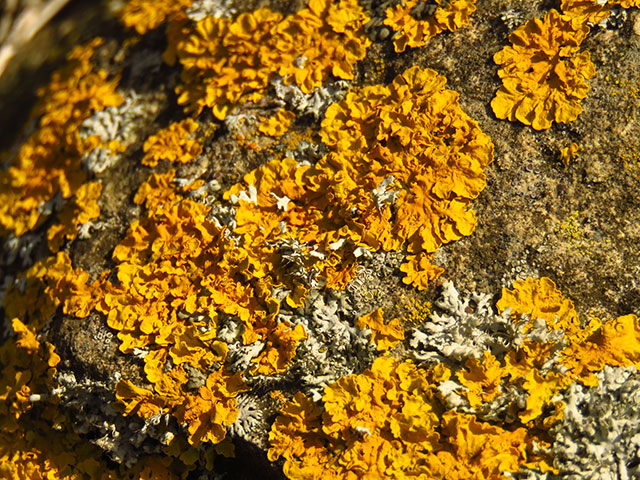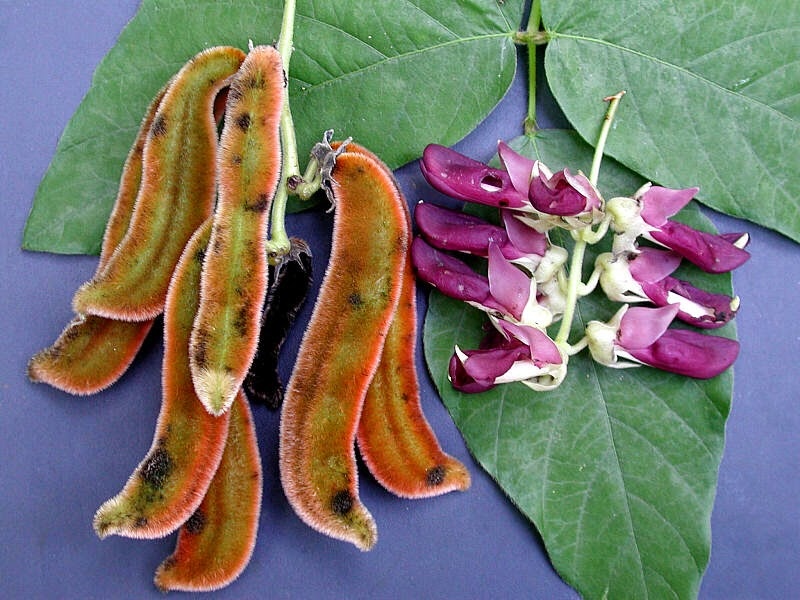Ditch the expensive GMO seeds, homesteaders! Switch to high-yield, natural, open-pollinated seeds instead
12/12/2017 / By Tracey Watson
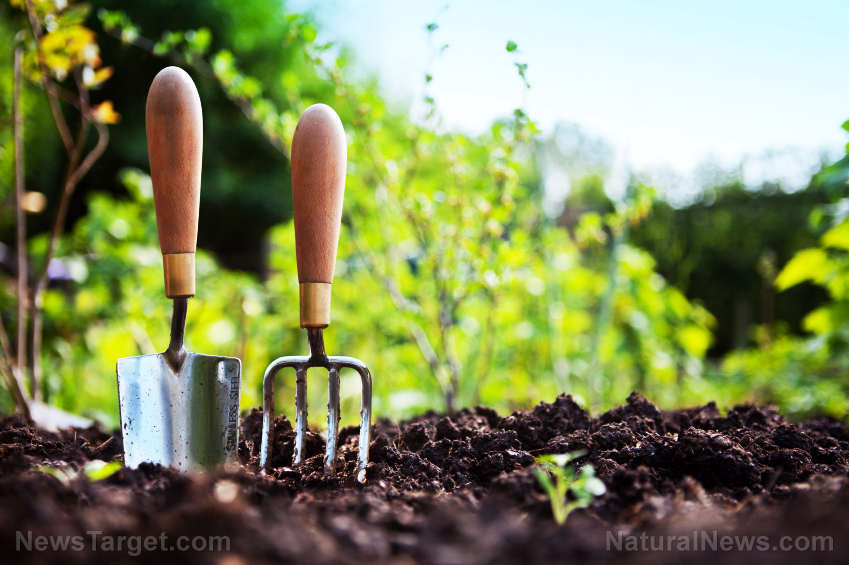
The popularity of organic produce has grown exponentially in recent years. There are several important advantages to choosing organic over conventionally grown produce, including:
- Organic produce is not doused in the fungicides, herbicides and insecticides commonly used in conventional farming;
- Since organic food isn’t covered in preservatives to make it last longer, it is generally fresher;
- Organic farming is kinder to the environment, using less water, causing less pollution, better preserving soil integrity and using less energy than conventional farming; and
- Organic produce has not been altered at a genetic level; i.e. it is non-GMO.
Nonetheless, even those who acknowledge the superiority of organic produce might feel that it is just too expensive to make the switch. And, while growing your own fruit and veg will save you money, organic seeds are still quite pricey. But there is a solution: growing open pollinated seeds instead.
Understanding the different types of seed
There are different types of seed, even for the same type of crop, which will make a big difference to how they can be used. The terms used for these seeds can be confusing, so here’s a basic rundown:
Hybrid: Created when scientists combine different types of plants, it is pointless trying to save hybrid seeds because they will exhibit the characteristics of one, but not both, of the types of plants from which they were created. These seeds will also be considerably less vigorous. Gardeners who use hybrid seeds will have to purchase new seeds every year. Commercially available seeds which are bred to exhibit specific traits often have the term “F1” in their names.
Open-pollinated: These plants are either self-pollinated or pollinated by insects, wind, birds or other means, without human interference or manipulation. These plants are more genetically diverse and slowly adapt to their environment, making them hardier and more suited to specific conditions. Their seeds can be saved and will produce virtually identical plants.
Heirlooms: Open-pollinated plants that have been true to type for at least 50 years are called heirloom plants. Seeds from these plants can be saved and will also produce nearly identical plants.
So, if you want to save some money by sourcing seed you will need to work with heirloom or open-pollinated seeds right from the beginning. (Related: New organic and water-rich fertilizer will help farmers in drought areas.)
The basics
First, you will need to determine if your vegetable is an annual or a biannual. Annuals, including peas, beans and corn, are planted each year and seed can be saved annually. Biannuals are different, in that they are planted one year, but their seeds can only be harvested the following year. Biannuals include beets, onions, cauliflowers and cabbages.
Biannuals are more labor intensive because they either have to be stored in a root cellar during winter and then replanted in spring, or heavily mulched in the garden.
It is also important to be aware that plants which are wind-pollinated, like corn, can cross with nearby plants and need to be protected. To prevent this, either only plant one variety of each species – for example one type of corn, one type of squash – or plant several varieties that flower at different times to prevent cross-pollination.
Backwoods Home Magazine explains how to harvest the seed:
While most seeds are simple to harvest, requiring only stripping out of the mother fruit, some, such as tomato and cucumber, require a different approach, as it is too time consuming to get the seeds separated from the pulp. With these crops, pick ripe fruits, scoop out the seed-bearing pulp into a bowl or jar, add enough warm water to cover them, and place in a warm area such as the back of your counter for a couple of days. The pulp ferments and lets go of the seeds. After this happens, carefully rinse the fermented pulp-seed mass through a colander and soon only the seeds will be left. Spread these on a cookie sheet or pie plate and let them dry in a protected warm area.
When the seeds are very dry, place them in paper envelopes, then in an airtight glass jar. I usually skip the envelopes for large seeds such as corn, beans, peas, squash, and pumpkins, but I leave the jar top off a few days in a warm, dry place to complete the drying. The tiniest bit of moisture will cause mold in your seeds, ruining them.
Seeds can be stored for many years, but try to use your oldest seeds first. (Related: Learn more about self-reliance at Homesteading.news.)
Sources include:
Tagged Under: clean food, food independence, fresh vegetables, gardening, heirloom seeds, home gardening, homesteading, hybrid seeds, non-GMO, off grid, open-pollinated seeds, organics, seed saving, seed sourcing, self-reliance

